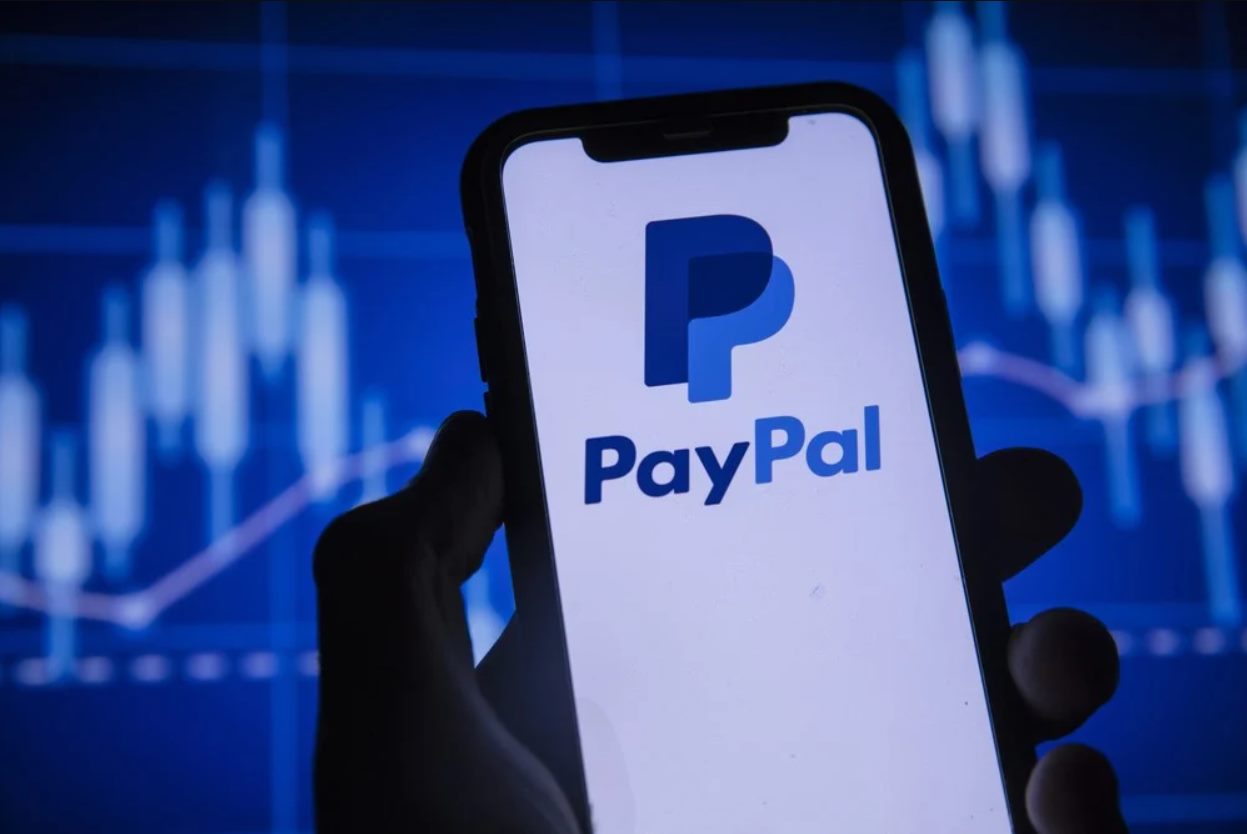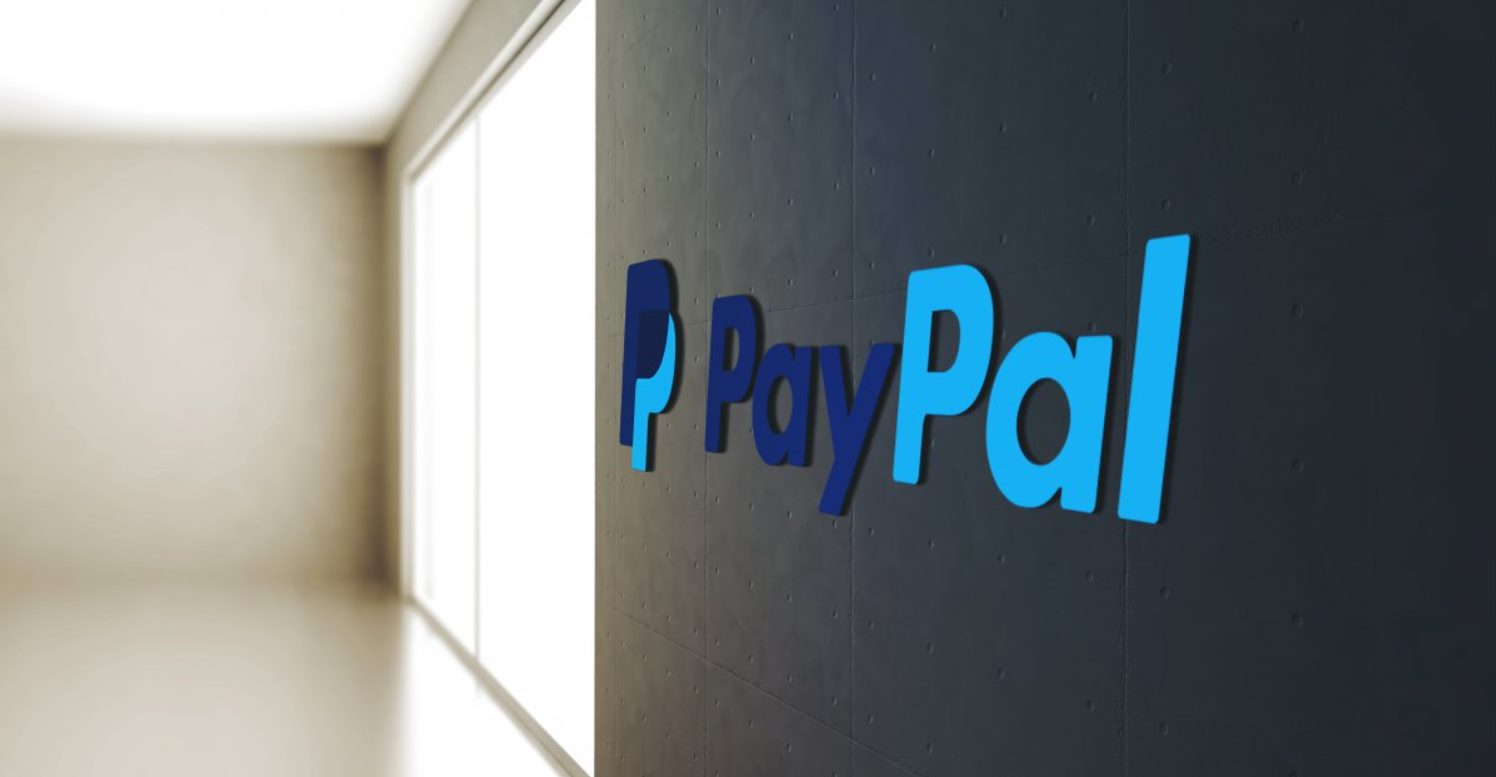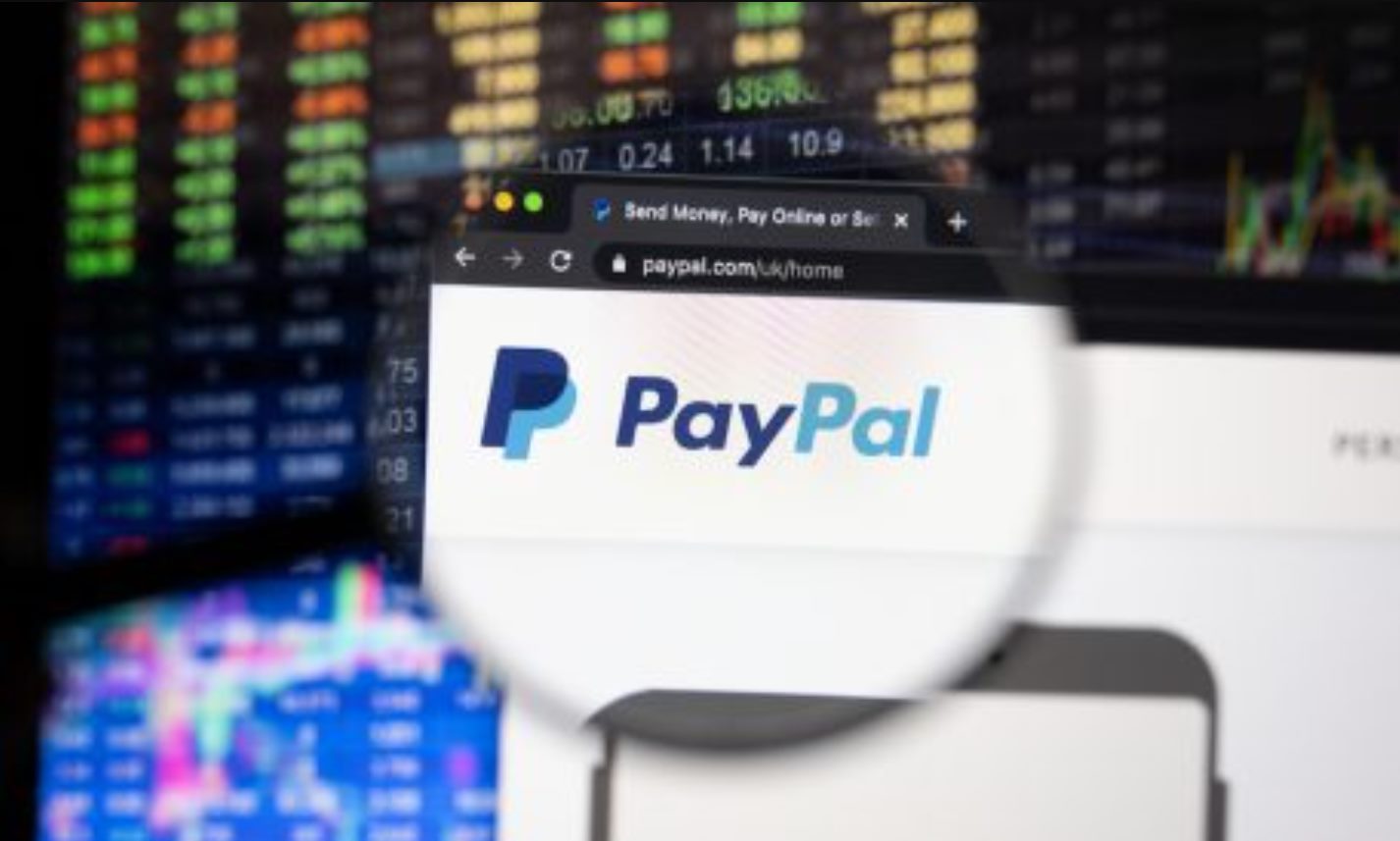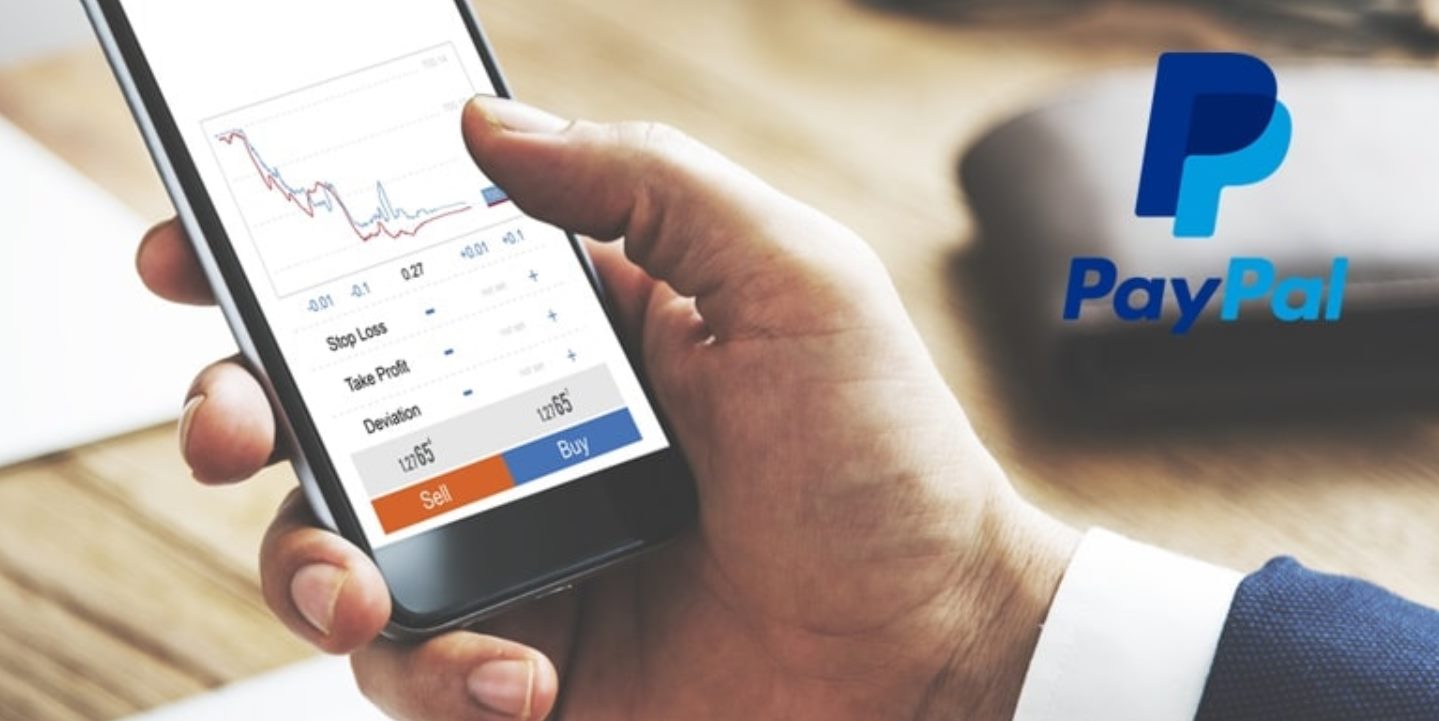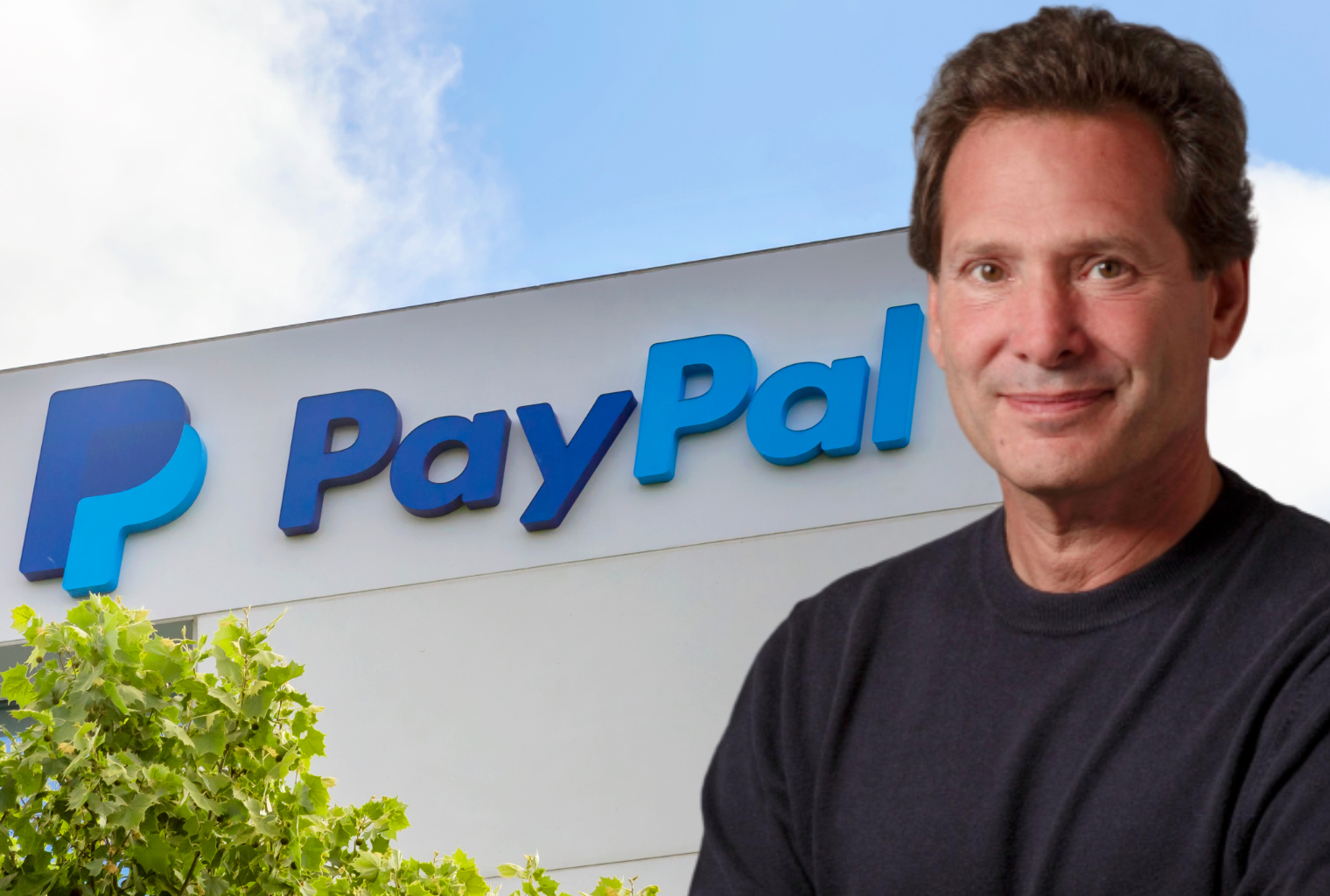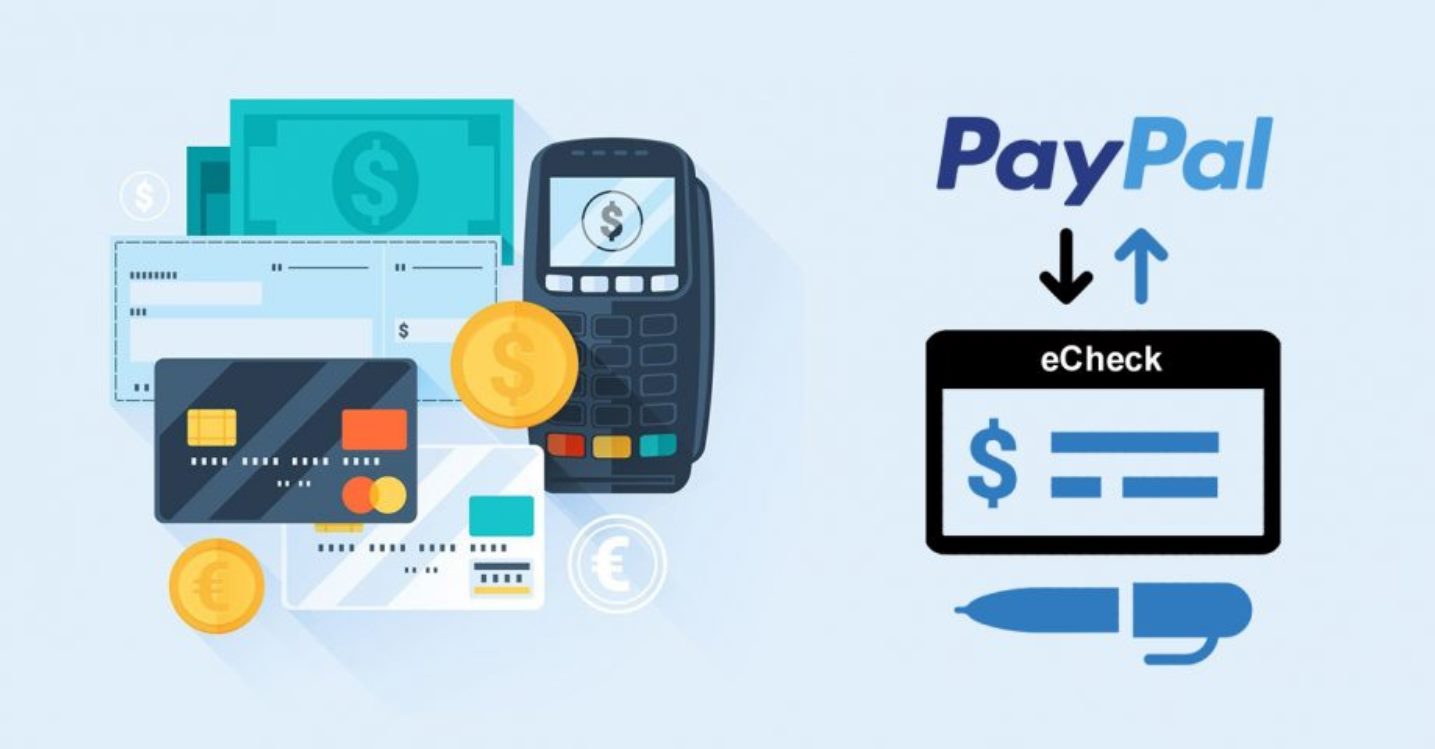Introduction
The stock market can be a rollercoaster ride, with prices fluctuating based on a multitude of factors. One company that has experienced its fair share of ups and downs is PayPal. As a leading provider of online payment solutions, PayPal has become an integral part of the e-commerce ecosystem.
However, recent times have witnessed a decline in PayPal’s stock price, leaving investors curious about the reasons behind this downward trend. In this article, we will delve into some of the key factors influencing PayPal’s stock performance, shedding light on the challenges the company has faced.
It is important to note that PayPal’s stock performance has been influenced by a combination of external and internal factors. These factors include the global impact of the COVID-19 pandemic, increased competition in the online payment industry, changes in regulations and laws, PayPal’s own performance metrics, partnerships and acquisitions, as well as analyst ratings and investor sentiment.
Understanding these factors can offer valuable insights into the current state of PayPal’s stock and provide investors with a comprehensive analysis to make informed decisions. While no one can predict the future of the stock market with certainty, uncovering the reasons behind PayPal’s recent stock performance can help us gain a better understanding of its path ahead.
The Impact of COVID-19 on PayPal Stock
The COVID-19 pandemic has had a profound impact on global economies and industries, and the online payment sector is no exception. While many brick-and-mortar businesses were forced to close their doors, online transactions surged as people increasingly turned to e-commerce for their shopping needs. This surge should have been a boon for PayPal, but the reality was a bit more complicated.
Initially, PayPal’s stock experienced a significant uptick as the pandemic hit. The company’s digital payment solutions became a lifeline for individuals and businesses seeking contactless transactions. However, as the pandemic wore on, other factors came into play that affected PayPal’s stock performance.
One of the challenges PayPal faced during the pandemic was the increase in online fraud attempts. With more online transactions taking place, cybercriminals saw an opportunity to exploit vulnerabilities in the system. This led to a rise in fraudulent activities, putting a strain on PayPal’s resources and potentially damaging the company’s reputation.
Additionally, PayPal saw an increase in customer disputes and chargebacks as consumers faced uncertain financial situations. This put additional pressure on the company’s finances and impacted its profitability and stock performance.
Furthermore, the pandemic led to delays in product launches and strategic initiatives, as companies focused their efforts on managing the immediate impact of the crisis. This hindered PayPal’s ability to expand its offerings and capture new market opportunities, resulting in a slowed growth trajectory.
While PayPal’s transaction volumes initially soared due to the pandemic, the company faced challenges in sustaining this growth momentum. As economies started to reopen and people gradually returned to physical stores, the surge in e-commerce began to stabilize. This created uncertainty for PayPal’s future revenue growth, leading some investors to reevaluate their positions and potentially causing the decline in PayPal’s stock.
It is important to note that PayPal’s performance during the pandemic cannot be solely attributed to external factors. The company’s response to the challenges posed by the pandemic, its ability to innovate and adapt to evolving customer needs, played a crucial role in determining its stock performance.
While the long-term impact of the pandemic on PayPal’s stock remains to be seen, it is undeniable that COVID-19 has presented unprecedented challenges for the online payment industry, and PayPal is no exception.
Competition in the Online Payment Industry
The online payment industry is highly competitive, with numerous players vying for market share. PayPal, once considered a dominant player in the field, now faces intense competition from both traditional financial institutions and emerging fintech companies.
One of PayPal’s major competitors is Square, a company that offers similar services and has gained significant traction, particularly among small businesses. Square’s user-friendly interface and innovative features have attracted a growing user base and made it a formidable rival to PayPal.
Moreover, tech giants such as Apple and Google have entered the online payment space with Apple Pay and Google Pay, respectively. These digital wallet solutions provide users with seamless and secure payment experiences, intensifying the competition for PayPal.
In addition to these established players, there is a wave of emerging fintech startups focused on disrupting the online payment industry. These startups often offer specialized solutions, catering to specific niches or demographics. As these companies gain traction and expand their services, they pose a threat to PayPal’s market dominance.
Competition in the online payment industry is not just limited to domestic markets. PayPal also faces competition from international players like Alipay and WeChat Pay, which have a significant presence in the rapidly growing Asian market.
These competitors are not only challenging PayPal’s market share but also driving innovation in the industry. To stay competitive, PayPal must continue to invest in research and development, enhance user experience, and offer unique and valuable features that differentiate it from the competition.
The intense competition in the online payment industry has put pressure on PayPal’s stock performance. Investors are closely monitoring PayPal’s ability to maintain its market position and fend off competitors. As new entrants continue to disrupt the industry and existing players evolve their offerings, PayPal’s ability to stay ahead of the curve will be critical in determining its future stock performance.
Changes in Regulations and Laws
The online payment industry operates in a complex regulatory landscape, with new regulations and laws constantly being introduced. These regulatory changes can have a significant impact on PayPal’s operations and ultimately affect its stock performance.
One area of concern for PayPal is the increasing scrutiny of anti-money laundering (AML) and know your customer (KYC) regulations. As governments around the world strive to combat financial crimes and terrorist financing, they have ramped up regulations, requiring stricter compliance from financial institutions and payment processors like PayPal. Compliance with these regulations can be costly and time-consuming, potentially impacting PayPal’s profitability.
Additionally, the emergence of cryptocurrencies and blockchain technology has raised questions about how these new forms of digital currency should be regulated. As governments grapple with creating frameworks for cryptocurrencies, PayPal must navigate the regulatory landscape carefully to ensure compliance while also catering to the evolving needs of its customers.
Moreover, changes in tax regulations, particularly related to cross-border transactions, can impact PayPal’s bottom line. Governments are increasingly implementing measures to ensure tax compliance for international transactions, which can lead to higher costs and potentially hinder PayPal’s global growth.
Another aspect to consider is data privacy regulations. With the General Data Protection Regulation (GDPR) in Europe and similar laws being enacted elsewhere, companies like PayPal must ensure the protection of customer data and adhere to strict guidelines on data collection, storage, and usage. Any failure to comply with these regulations can result in hefty fines and damage to the company’s reputation.
Changes in regulations and laws can sometimes create uncertainty in the market, leading investors to reassess their positions. They may fear that regulatory changes could impede PayPal’s ability to operate effectively or disrupt its revenue streams. As a result, any news of regulatory shifts or impending legislation can impact PayPal’s stock performance.
While managing regulatory changes can be challenging, PayPal has consistently demonstrated its ability to adapt and comply with evolving regulations. By staying proactive, investing in compliance measures, and maintaining good relationships with regulatory authorities, PayPal can mitigate the risks associated with changing regulations and laws.
Performance of PayPal’s Key Metrics
To understand the underlying factors contributing to PayPal’s stock performance, it is crucial to analyze the company’s key performance metrics. These metrics provide insights into the financial health and growth potential of the company.
One of the primary metrics to consider is PayPal’s revenue growth. Revenue growth is an indicator of how well the company is attracting new customers and increasing transaction volumes. While PayPal has historically shown strong revenue growth, investors closely monitor any signs of deceleration or stagnation in this area.
Another important metric is total payment volume (TPV), which measures the value of all transactions processed through PayPal’s platform. A growing TPV suggests increasing adoption of PayPal’s services and higher customer engagement. It is crucial for PayPal to maintain healthy TPV growth to assure investors of its expanding market presence.
Furthermore, PayPal’s ability to generate and sustain a solid operating margin is a key metric to consider. A strong operating margin indicates that the company is efficiently managing its costs and generating profits from its operations. Investors often track operating margins to assess PayPal’s profitability and its ability to weather economic downturns.
Additionally, it is vital to monitor PayPal’s user growth and engagement metrics. The number of active user accounts and the frequency of transactions per user indicate the company’s ability to attract and retain customers. A growing user base, coupled with increasing engagement, is a positive sign for PayPal’s long-term success.
Moreover, as the online payment industry evolves, the ability of PayPal to innovate and introduce new products and services becomes crucial. Investors pay close attention to PayPal’s success in launching new initiatives, such as its mobile payment app Venmo, as well as partnerships with merchants and financial institutions.
While these key metrics provide valuable insights, it is crucial to understand that stock performance is influenced by a multitude of factors, and metrics alone do not provide a complete picture. Nonetheless, analyzing PayPal’s key performance metrics enables investors to gauge the company’s growth trajectory, profitability, and competitiveness.
By consistently monitoring and assessing these metrics, investors can make informed decisions regarding their investment in PayPal while staying attuned to the company’s financial health and growth prospects.
PayPal’s Partnerships and Acquisitions
Partnerships and acquisitions play a significant role in shaping the growth and future prospects of a company. For PayPal, strategic collaborations and acquisitions have been instrumental in expanding its reach, diversifying its offerings, and staying ahead of the competition.
One notable partnership for PayPal is its collaboration with major technology companies, such as Facebook and Google. These partnerships have enabled PayPal to integrate its payment solutions into popular platforms and tap into a broader user base. This not only increases PayPal’s brand visibility but also facilitates seamless transactions for users, ultimately driving growth.
In addition to technology partnerships, PayPal has also forged alliances with leading financial institutions. By collaborating with banks and payment processors, PayPal has gained access to their customer networks and enhanced its credibility as a trusted payment provider. These partnerships have helped PayPal expand its market reach and establish a stronger foothold in the financial industry.
Furthermore, PayPal has made strategic acquisitions to fuel its growth and expand its range of services. A notable acquisition was the purchase of online money transfer company Xoom, which helped PayPal enter the remittance market and strengthen its international presence. Acquisitions like this have allowed PayPal to diversify its revenue streams and capitalize on emerging trends.
Another significant acquisition was Braintree, a mobile payment platform that powers transactions for companies like Uber and Airbnb. Through this acquisition, PayPal gained access to a new set of customers and expanded its capabilities in the mobile payment space. This move positioned PayPal as a leader in the rapidly growing mobile payments market.
It is worth noting that not all partnerships and acquisitions guarantee success. Integration challenges, cultural differences, and regulatory hurdles can pose risks and impact the performance of these strategic moves. Investors closely monitor the execution and results of these partnerships and acquisitions to assess their impact on PayPal’s growth trajectory and long-term profitability.
PayPal’s ability to forge strong partnerships and execute successful acquisitions is considered a key driver of its stock performance. The market views these initiatives as indicators of PayPal’s strategic vision and its commitment to expanding its market position, which can positively influence investor sentiment and contribute to the company’s stock performance.
As PayPal continues to explore new collaborations and targeted acquisitions, investors will closely monitor its ability to leverage these partnerships and acquisitions to drive innovation, accelerate growth, and maintain a competitive edge in the evolving online payment landscape.
Analyst Ratings and Investor Sentiment
The opinions and recommendations of financial analysts play a crucial role in shaping investor sentiment towards a particular stock. The same holds true for PayPal, as analysts’ ratings and forecasts can have a significant impact on its stock performance.
Analyst ratings typically include recommendations such as buy, sell, or hold. These ratings are based on extensive research and analysis of various factors such as the company’s financial health, industry trends, competitive landscape, and potential catalysts or risks.
Positive analyst ratings often indicate a favorable outlook for PayPal’s stock, which can attract more investors and potentially drive up its price. On the other hand, negative ratings can lead to a decrease in investor confidence and a decline in the stock’s value.
Investors closely monitor analyst ratings as they provide an expert perspective on the potential future performance of PayPal. However, it is important to note that ratings are subjective and can vary among analysts and financial institutions. Therefore, it is advisable for investors to consider multiple analyst opinions and conduct their own due diligence.
Investor sentiment, which refers to the overall attitude and perception of investors towards a stock or company, can also influence PayPal’s stock performance. Positive sentiment can result in increased buying activity, driving up the stock price, while negative sentiment can lead to selling pressure and a decline in the stock’s value.
Several factors contribute to investor sentiment. These include macroeconomic conditions, industry trends, company-specific news, and broader market sentiment. Investors pay attention to news and developments related to PayPal, such as product launches, financial results, and strategic initiatives. Positive news can boost investor confidence and foster a positive sentiment, while negative news can create uncertainty and dampen sentiment.
Another factor that can impact investor sentiment is the perceived risk associated with PayPal’s stock. Investors assess factors such as competition, regulatory challenges, and potential disruptions in the market. Any perceived increase in risk can lead to a decline in investor sentiment and a cautious approach towards investing in PayPal.
Understanding analyst ratings and investor sentiment is essential for investors looking to make informed decisions about their holdings in PayPal. While ratings and sentiment alone should not be the sole basis for investment decisions, they provide valuable insights into market perception and can help investors gauge the overall sentiment towards PayPal’s stock.
Ultimately, investor sentiment and analyst ratings are dynamic and can change based on new information and market conditions. Therefore, investors should continuously monitor these factors and maintain a balanced view when making investment decisions.
Conclusion
In conclusion, the decline in PayPal’s stock price has been influenced by a combination of factors. The impact of the COVID-19 pandemic has presented both opportunities and challenges for PayPal. While the initial surge in online transactions provided a boost, the increase in fraudulent activities, customer disputes, and product launch delays have put a strain on the company’s resources and impacted its stock performance.
Competition in the online payment industry has intensified, with PayPal facing rivals such as Square, Apple Pay, and Google Pay. These companies have disrupted the market and forced PayPal to continuously innovate and differentiate itself to maintain its market share.
Furthermore, changes in regulations and laws, such as AML and KYC requirements, tax regulations, and data privacy laws, have impacted PayPal’s operations and added compliance costs. PayPal’s ability to navigate these regulatory changes and stay ahead of evolving requirements is crucial for its future growth.
Analyst ratings and investor sentiment also play a vital role in shaping PayPal’s stock performance. Positive analyst ratings and sentiment can attract more buyers, while negative ratings and sentiment can lead to selling pressure. Monitoring analyst opinions and investor sentiment can provide valuable insights into market perception and sentiment towards PayPal.
Despite these challenges, PayPal has continued to forge strategic partnerships, make targeted acquisitions, and invest in innovation. These initiatives have expanded its market reach, diversified its offerings, and positioned the company for future growth.
While no one can predict the future with certainty, understanding the various factors impacting PayPal’s stock performance can help investors make informed decisions. It is essential for investors to conduct thorough research, consider multiple perspectives, and assess the company’s financial health, industry dynamics, competition, and regulatory landscape.
By staying aware of the ever-changing market conditions and monitoring PayPal’s ability to adapt and innovate, investors can navigate the ups and downs of the stock market and evaluate opportunities to capitalize on PayPal’s potential for long-term growth.







